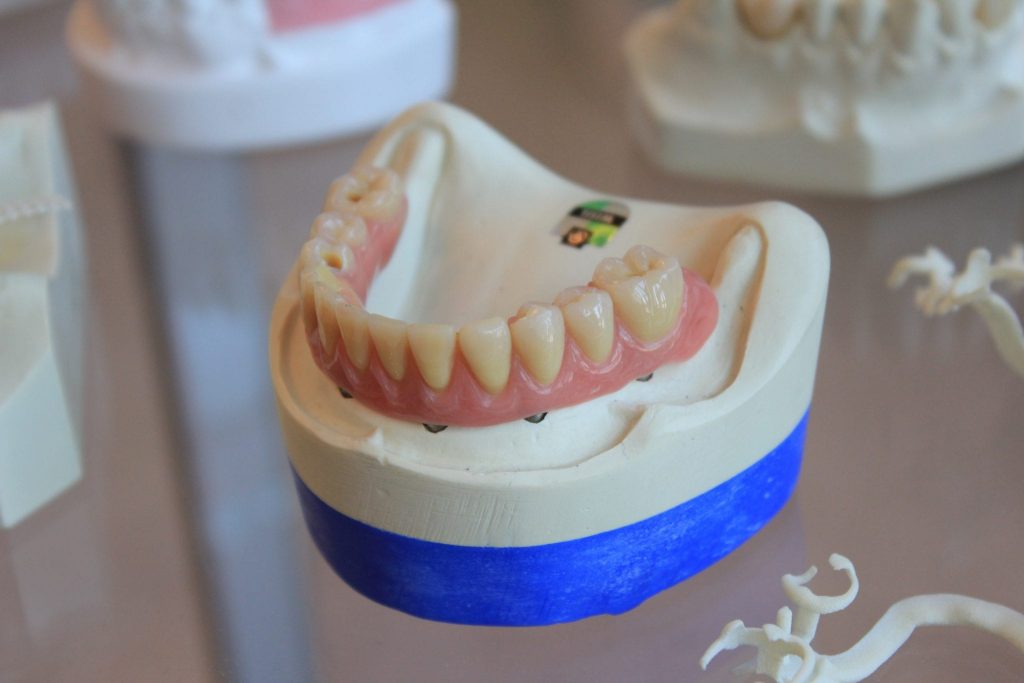
A smile is an important part of our lives. But there are times when it is spoiled, for example, due to a lost tooth. Fortunately, with the opportunities in the field of dentistry, this is no longer a tragedy, because prosthetics come to the rescue.
Dental prosthetics – the restoration of structures, functions, the appearance of destroyed, partially, or completely lost teeth.
Types of prosthetics
There are two main types of prosthetics. Removable prosthetics – for the complete or partial absence of teeth. Permanent prosthetics – in case of loss or destruction of several teeth.
What are prostheses?
An important detail: only a dentist can determine which type of prosthesis is right for you.
Removable prostheses are acrylic, nylon, and clasp. Acrylic is cheap and perfectly retains color and shape, nylon – do not require special care and allow you to restore the entire jaw. Clasps – complex, because they have a special metal arc, but very reliable.
Fixed prosthetics have many varieties: the installation of bridges or crowns, micro prosthetics, etc. The advantage of this type is that the prostheses fixing.
Crowns are the most common type of permanent prosthesis. There are many types of crowns, but most often in dentistry use cermets and zirconium.
Zirconium crowns are one of the most modern and optimal options for permanent prosthetics. The main advantage of such crowns is their aesthetics: they have the same transparency as real teeth. Zirconium crowns are also suitable for patients prone to allergies.
Metal ceramics is inferior to zirconium in some characteristics – in particular, in aesthetics.
There are three main stages
- The first stage is the survey. This stage includes the initial and detailed examination. The scope of work, treatment plan, and type of prosthetics.
- The second stage – rehabilitation of the oral cavity – comprehensive treatment. Dental stone is removed, caries is treated, root canals are filled, etc.
- The third stage is the prosthetics. This stage involves a long and laborious process. Are made tooth casts, a prosthesis is made, fitting is performed, if all is well – the prosthesis is installed.
Picture Credit: Unsplash
